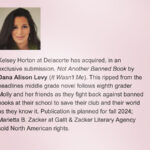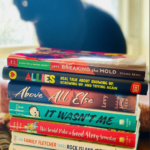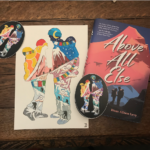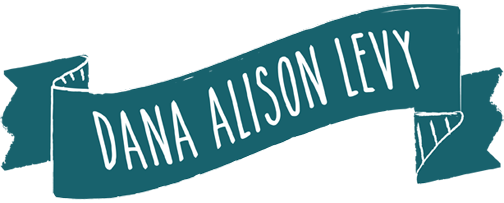On the Furnivals, Gay Marriage, and the Luxury of Taking Things for Granted
Or Why We Need Issue Books Before Something Can Be a Non-Issue
My book, that’s coming out next year, is a funny Middle Grade novel about a family that gets into typical high-jinks adventures. The family is neither rich nor poor, (poverty is not the issue in the book); the kids are neither brilliant nor developmentally delayed (education and intelligence is not the issue in the book); the friendships are both strong and less-strong (friends are not the issue in the book). And the parents are good, if flawed, people who both happen to be men (the parenting is not the issue in the book). Also not the big capital-I-Issue in the book? The gender of the parents. They are in some ways typical Middle Grade parents — sometimes wise, sometimes missing obvious cues, something funny, sometimes loving. Their sex life figures as prominently as you would expect it to, which is to say not at all (can you imagine Mr. and Mrs. Banks in MARY POPPINS getting all lovey-dovey? Or having to worry about Molly and Arthur Weasley in HARRY POTTER groping each other on the couch in the Burrow? EW).
THE FAMILY FURNIVAL is not what some in the industry refer to as “an issue book.” Issue books are ones that deal with a particular and topical issue: bullying, racism, and so on.
Very often, issue books are popular at a particular time in the awareness of the issue. Divorce, for example, was an “issue” when I was growing up. Divorce rates were skyrocketing and popular media and psychologists alike were expounding on children of divorce and what it all meant. And children’s books appeared on the shelves to deal with this issue the way books always help us deal with things: by helping us empathize, by putting us in other peoples’ shoes, by showing us we are not alone. But slowly, the issue faded. Now there are countless children’s books that have divorced families. We take it for granted.
An issue book can be an amazing nuanced piece of writing. Or it can be a kind of heavy-handed moralistic tale. But regardless, these books play a role in first recognizing, then normalizing, something that challenges us and makes us feel alone. Divorce, boyfriends/girlfriends from another faith, bi-racial friendships, then bi-racial romances, then questioning LGBTQ teens…these are all topics that have gone from being “issues” to be dealt with to common realities in real life and in the pages of kids books.
Polls show that a majority of Americans support gay marriage. Other countries are also moving in this direction. Marriage is a pretty mainstream thing. It’s rated G, for the most part, unless there are too many overly romantic kisses, which means it might be rated PG-13.
t’s hardly like we’re advocating for orgies here.
But at the same time, a quick search showed me that there aren’t a whole lot of kids’ books that reflect this reality. While Young Adult books have really developed issue books to the point where many characters are gay “just because,” so to speak, the same hasn’t really been true about Middle Grade and/or gay families. So while I emphatically did not want to write an issue book, I did want to write a book that showed a world — hopefully one very like our own — where a loving family had the luxury of taking themselves for granted.











Recent Comments